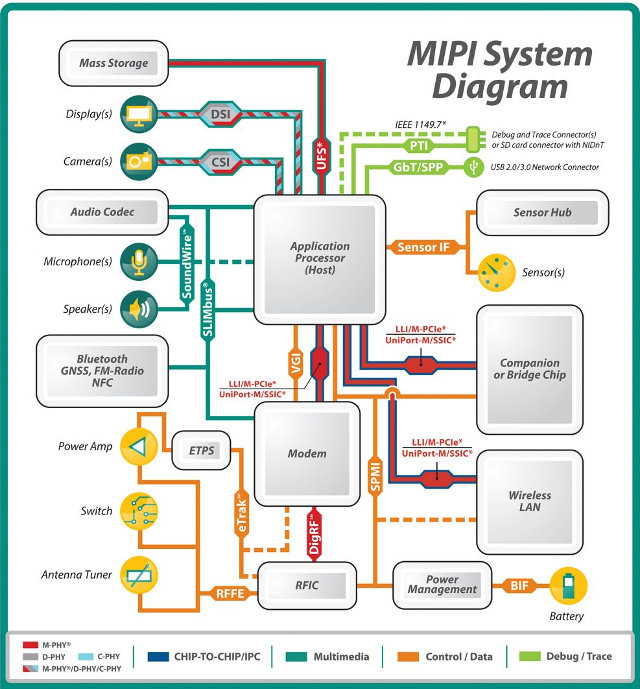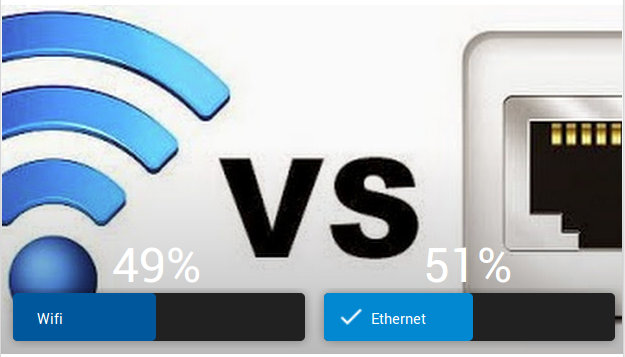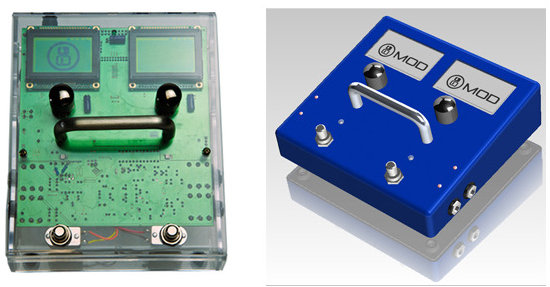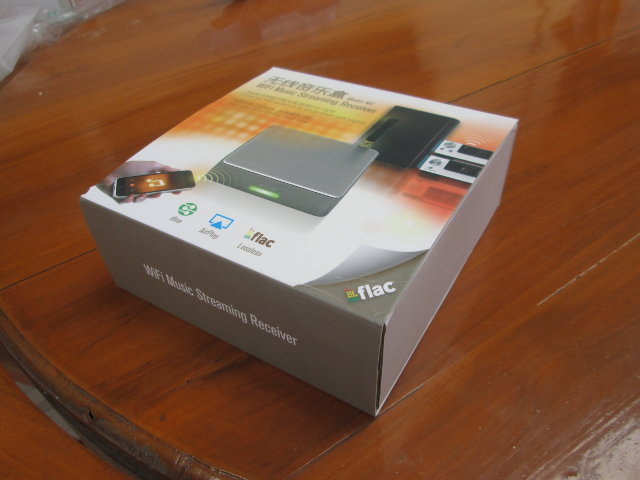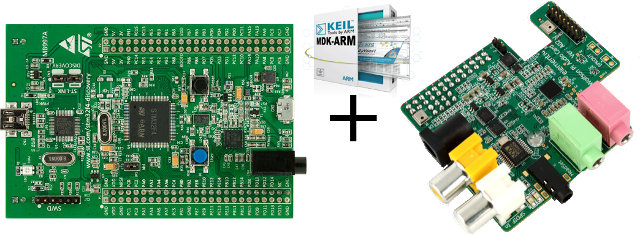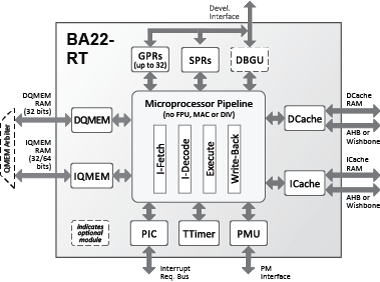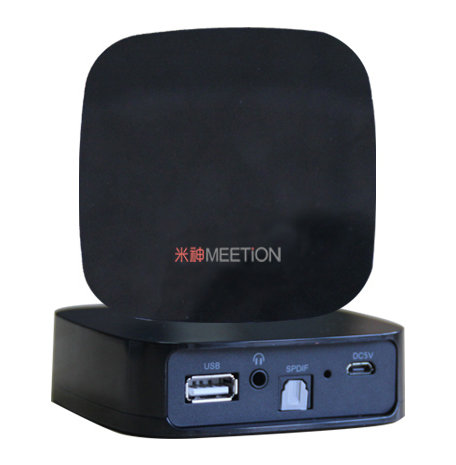Linus Torvalds released Linux Kernel 3.18 last Sunday: It’s been a quiet week, and the patch from rc7 is tiny, so 3.18 is out. I’d love to say that we’ve figured out the problem that plagues 3.17 for a couple of people, but we haven’t. At the same time, there’s absolutely no point in having everybody else twiddling their thumbs when a couple of people are actively trying to bisect an older issue, so holding up the release just didn’t make sense. Especially since that would just have then held things up entirely over the holiday break. So the merge window for 3.19 is open, and DaveJ will hopefully get his bisection done (or at least narrow things down sufficiently that we have that “Ahaa” moment) over the next week. But in solidarity with Dave (and to make my life easier too 😉 let’s try to avoid introducing any _new_ […]
MIPI Introduces SoundWire Audio Interface for Mobile Devices
MIPI (Mobile Industry Processor Interface) Alliance is a non-profit corporation that establishes standards for hardware and software interfaces in mobile devices. MIPI is better known for its MIPI DSI (Display Serial Interface) and CSI (Camera Serial Interface), but as you can see from the diagram below, they’ve been busy publishing a lot more interface specifications. The latest being MIPI SoundWire, a new audio interface for amplifiers, microphones and audio codecs used in smartphones, tablets, mobile PCs and other devices. The consortium only released a “MIPI SoundWire Specification Brief” so there aren’t that many details. SoundWire is not the first audio interface from MIPI, with SLIMbus having been first introduced in 2007, and later updated in 2013 with SLIMBus 1.1. SLIMbus must not have been that widely used, as only Intrinsyc OPEN-Q 8084 Development Kit appears to feature the interface among all the board listed on CNX Software. Nevertheless SLIMBus and […]
Mini PC Polls: Networking Connectivity, Video and Audio Outputs
It’s always interesting to find out how people use their devices, and I recently discovered Google+ support Polls as Droidmote posted a poll to find out whether people used Wi-Fi or Ethernet with their mini PCs, and I followed up with polls about video and audio outputs. Around 50 people have answered to each poll up to now, so even if it may not representative, let’s have a look at the results so far. About half of the people are connected via Ethernet, and the other half are using Wi-Fi after 43 votes. Wi-Fi is normally more convenient, but may not be as reliable, and for users playing high bitrate videos Ethernet is a must, unless you find buffering enjoyable…. After 58 votes, most people still connect their mini PC to a Full HD television via HDMI, with a few connecting it to a 4K UHD TV, and nobody using […]
Linux based MOD Duo Multi-Effects Pedal is Powered by an AllWinner A20 SoM (Crowdfunding)
If you are both a maker and a musician, MOD Duo multipurpose pedal may be a fun “toy” to play with. It’s an embedded computer comprised of a Hi-Fi soundcard (baseboard) powered by the same ITEAD Studio A20-CORE system on module found in ITEAD Studio IBOX, fitted into an enclosure with a pedalboard interface, and two graphics displays. You can create and share your own effects, or download the one made by the community using LV2 sound plugins, an open sound processing standard. A MOD Arduino Shield is also available to create new peripherals. Some technical specifications of the MOD Duo: SoC – AllWinner A20 dual core Cortex A7 processor @ 1GHz (AllWinner A23 is part of stretch goals) Two audio inputs Two audio outputs Stereo headphones output MIDI IN and MIDI OUT Cirrus Audio Codec USB – 1x USB Host for bluetooth, Wifi adapters and MIDI peripherals, 1x USB […]
UyeSee SoundMate M2 Wi-Fi Audio Streamer Review
UyeSee SoundMate M2 Wi-Fi music streaming receiver allows you to wirelessly play audio files from your smartphone or computer to speakers connected to a 3.5mm jack or an audio receiver connected to the optical S/PDIF output of the device. The company sent me a sample for review. I’ll first list the key features of the system, show pictures of the device, and test it with an Android smartphone using my TV speakers. SoundMate M2 Features & Specifications Listed hardware specifications and features: Processor – Unnamed router chipset and Audio DAC Memory & Storage – N/A Connectivity – 802.11 b/g/n WiFi up to 150Mbps with antenna. Open (default), WPA, WPA2, WPA2 Mixed Security. Audio Output – 3.5mm audio jack, optical S/PDIF Streaming Standards – AirPlay, DLNA, and QPlay Audio Formats – aac, mp3, wav, flac, and ape USB – 1x USB 2.0 port for mass storage and/or 3G dongle, 1x micro […]
ARM Introduces DSP ‘Lab-in-a-Box’ For Education Combining STMicro STM32F4-Discovery Board and Wolfson Audio Card
DSP (Digital Signal Processing) courses at University have traditionally used software simulation packages (Matlab), or hands-on labs using development kits costing around $300 per student. In order to reduce costs, ARM University program and their corporate partners have launched a DSP ‘Lab-in-a-Box’ so that university students can learn DSP and audio systems with hardware selling for about $50, or over 80% cheaper than previous educational hardware. A typical DSP Lab-in-a-Box (LiB) would come with: STMicroelectronics ARM Cortex-M4-based STM32F4 Discovery MCU board Wolfson Microelectronics and Farnell element14 Wolfson Audio Card. ARM Keil MDK-Professional development tool with a 1-year renewable software license. Teaching materials such as lecture slides, code samples, and hands-on lab manuals. STM32F4-Discovery board features an STM32F407VGT6 MCU (ARM Cortex-M4F core) with 1 MB Flash, and 192 KB RAM, sensors (motion and accelerometer), a digital microphone, and audio DAC, a micro USB connector, and various buttons and LEDs. The Wolfson […]
Beken Bluetooth Audio Chip Features Beyond Semi BA22-RT RISC Core
I would normally not mention a Bluetooth audio chip in this blog, but you may remember my posts about Beyond Semi BA21 and BA25 RISC cores. The Slovene company’s IP cores are not found in many silicons right now, but one Chinese fabless semiconductor company called Beken Corporation, has chosen BA22-RT core instead of an ARM core for their latest Bluetooth audio chip. Beken required a system capable of supporting real-time audio decoding plus a Bluetooth stack with the A2DP (Advanced Audio Distribution Profile), AVRCP (Audio/Video Remote Control Profile), and HFP (Hands free Profile) protocols, and it also had to provide both a low cost and low power consumption solution. During their evaluation of several 32-bit IP cores, Beken engineers noticed their program code would fit into a 128KB memory using BA22-RT (Real Time) core, instead of 170 KB for a competing solution simply referred to as “the most obvious supplier”, which is likely to be […]
Meetion MT-WF910 Wi-Fi Player Streams Audio from your Mobile Device to your Hi-Fi System
There are several ways to play music wirelessly from your devices on decent speakers. One the best way might be one of the Sonos Wi-Fi speakers, but they costs a few hundred dollars. You could also use a ChromeCast or EZCast / Miracast / DLNA dongle, both of which are very cheap ($20 to $35), and would allow you to stream music to your TV from your Android or iOS mobile device, Windows PC or Mac OS computers, but these require you leave your TV on, unless you use a DLNA dongle with an AV port. Another option would be to use a dedicated Wi-Fi player such as Meetion MT-WF910 which can receive audio from mobile devices or computers via Wi-Fi, and output it to a 3.5 mm stereo jack or S/PDIF port. Meetion Wi-Fi player specifications and key features: SoC – Qualcomm Atheros AR9331 processor for Wi-Fi and audio […]



